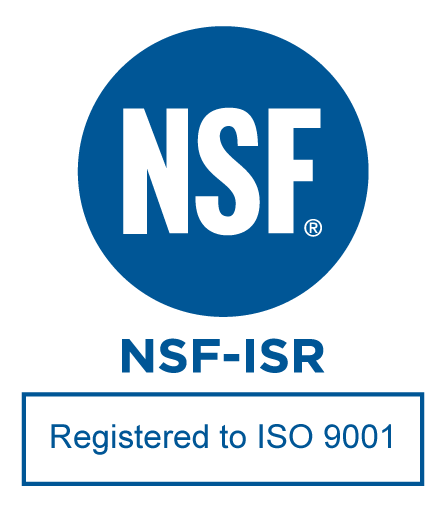Select an Appropriate Cushion for Your Cylinder

The first post in this three-part blog series explained why your pneumatic cylinder’s end-cushioning is integral to productivity, greater efficiency and a long lifetime for your machine. Although you can install a shock absorber to your pneumatic cylinder, many cylinders come with end-of-stroke cushioning already installed. Here’s an overview of your choices for pre-installed cushioning along with their benefits and drawbacks.
Elastomer Cushions
Virtually all cylinders offer elastomer cushions — also known as bumpers — either standard or as an option. These bumpers minimize impact noise and can dissipate small amounts of impact energy, such as from lightweight loads. However, the quality and hardness of elastomer materials can vary among manufacturers. And, bumpers without cushions can introduce mechanical bounce. For applications with higher kinetic energy, a larger, more durable damping method is necessary to prevent damage.
Adjustable Pneumatic Cushions
Heavier-duty cylinders, and cylinders with strokes longer than three or four inches, often come equipped with additional cushioning to handle larger loads and dynamic forces. One option is to use a fixed (non-adjustable) pneumatic cushion, whereby the exhaust air is forced through a fixed orifice pathway to provide the end-position cushioning. These can save setup time and prevent tampering, and are best suited for applications where the loads and speed do not vary. However, the cushioning performance may not be suitable for all situations, and users do not have the ability to adjust or tune the cushioning to achieve optimal performance.
Adjustable pneumatic cushioning, however, lets engineers tune their cushion according to their needs. The cylinder incorporates a cushion seal in the end cap, which traps a small volume of air between the piston and the end position, providing a controlled deceleration of the piston at the end of the stroke. The braking effect is determined by a needle valve that exhausts trapped air near the end cap. Users can tune the valve with an adjusting screw, taking into account the moving mass, piston speed and acceleration, the working pressure and the friction in the cylinder. Note that readjustments may be required after a certain number of cycles in order to maintain optimal long-term cushioning performance.
Cylinders with adjustable end-position cushioning dissipate all the kinetic energy at the end of the stroke, so braking time is faster, shock and vibration are minimized and wear is reduced. The result: shorter cycle times, greater productivity and longer lifetime for the cylinder.
Adjustable pneumatic cushions are built into many Fabco-Air cylinders — depending on the size — such as our F Series round body, ISO 6431-compliant FAQ2R and ISO 6432-compliant FAE Series, as well as our NFPA and OEM-NFPA cylinders which offer the convenience and versatility of NFPA interchangeability. With some of our NFPA cylinders, optional adjustable air cushions may be used together with silent seal bumpers to further reduce noise.

Work Closely With a Cylinder Vendor That Helps Solve Problems
Machine designers have various types of end cushions to consider when selecting an air cylinder, each with its own advantages and disadvantages. To ensure you select the best pneumatic cylinder and end-position cushion combination, be sure to work closely with a vendor that specializes in helping customers solve their pneumatic application challenges, such as Fabco-Air. In the third installment of our series on end-position cushioning, we’ll present tips and best practices that can help ensure your pneumatic cylinders perform their best in your application.
For more information about end-position cushioning for pneumatic cylinders, download our white paper.

